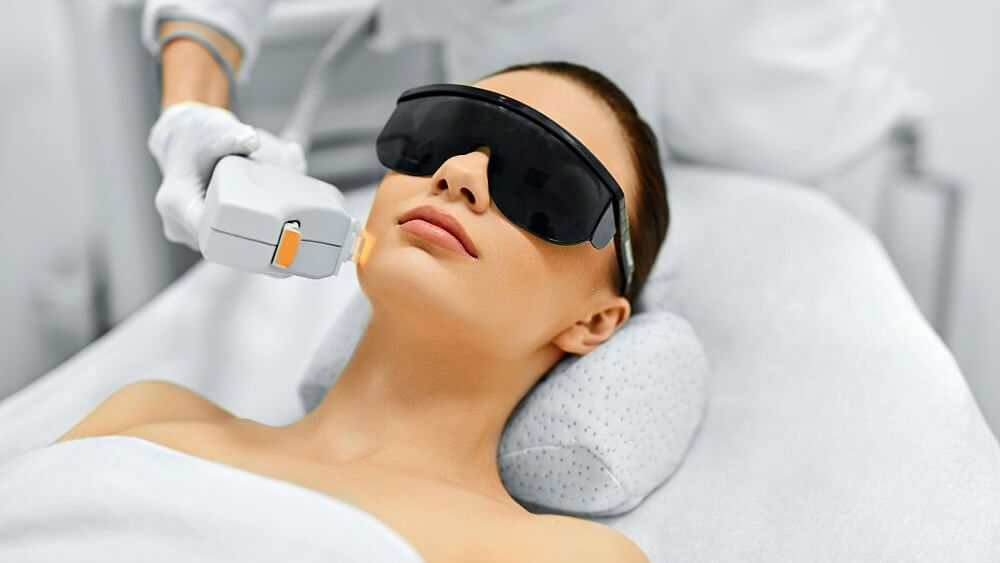In order to make the skin appear younger and more vibrant, laser resurfacing, also known as laser peeling, laser evaporation, and laser abrasion, is a cosmetic procedure. Removing the top layer of skin and stimulating new collagen fibers results in healthier and firmer skin. However, like any other skin resurfacing treatment, laser therapy has a recovery time during which the body attempts to heal the skin of the treated area.
Laser skin resurfacing recovery time
After laser resurfacing, the majority of patients say they feel better in 5 to 3 weeks. Laser re-peeling recovery time varies depending on the following factors:
- The area that’s been treated
- Treatment’s breadth
- Laser technology
- Routine or post-operative care
The skin will begin to dry out and peel within a week or so. As the old skin peels away, new skin appears and may initially appear delicate and pink. Within two to three months, new skin begins to blend in with the rest of your skin, but it may take up to a year for the skin’s color to return to its natural state. It takes longer for red and blonde-haired people to experience redness on their skin.

How to minimize the recovery time of laser skin resurfacing?
You can prevent complications by taking medication. For those who have had herpes infections around the mouth in the past, your doctor will prescribe an antiviral medication before and after the procedure to prevent viral infection from occurring. Before your procedure, your doctor may advise you to take additional medicines, depending on your medical history. Avoid prolonged, unprotected time in the sun. To avoid uneven pigmentation in the treated areas, avoid sun exposure up to two months prior to the procedure. Talk to your doctor about sun safety and how much time you should spend in the sun. Stop smoking at least two weeks prior to and after your laser skin resurfacing treatment if you do so habitually. You’ll be better prepared to avoid problems, and your body will heal faster due to this.
Why does it take so long to recover from laser skin resurfacing?
In the end, two weeks of skin recovery may seem like a long time; however, if you compare laser skin resurfacing recovery time with other skin resurfacing methods such as Microneedling or Fractora, you will find it pretty reasonable. Furthermore, to properly renew and resurface the skin, knowing what happens to your skin after laser treatment is critical, so let’s have a look at the to-do list during recovery time.

Laser skin resurfacing aftercare during recovery time
For the most part, laser skin resurfacing treatment causes a mild sunburn-like rash that lasts a few days afterward. Following laser treatment, it’s crucial to take good care of your skin.
- Make sure the treated area is kept clean at all times. There is a variety of cleaning solutions that your doctor may advise against using.
- Make sure you’ve got the right sunscreen on you. After the procedure, the treated area will require additional care, so you’ll need sunscreen that treats sensitive skin. Using the right sunscreen will speed up the healing process of your skin.
- Reduce the appearance of swelling and erythema. Ice packs and cool compresses can be used to reduce swelling and redness, which are both normal side effects. While your new skin is forming, the regular application should help alleviate these problems.
- Moisturize your skin. Stop using the ointments and use only approved lotions and protective skincare treatments to keep the area moisturized afterward.
- Avoid picking on the treated area unless absolutely necessary.


